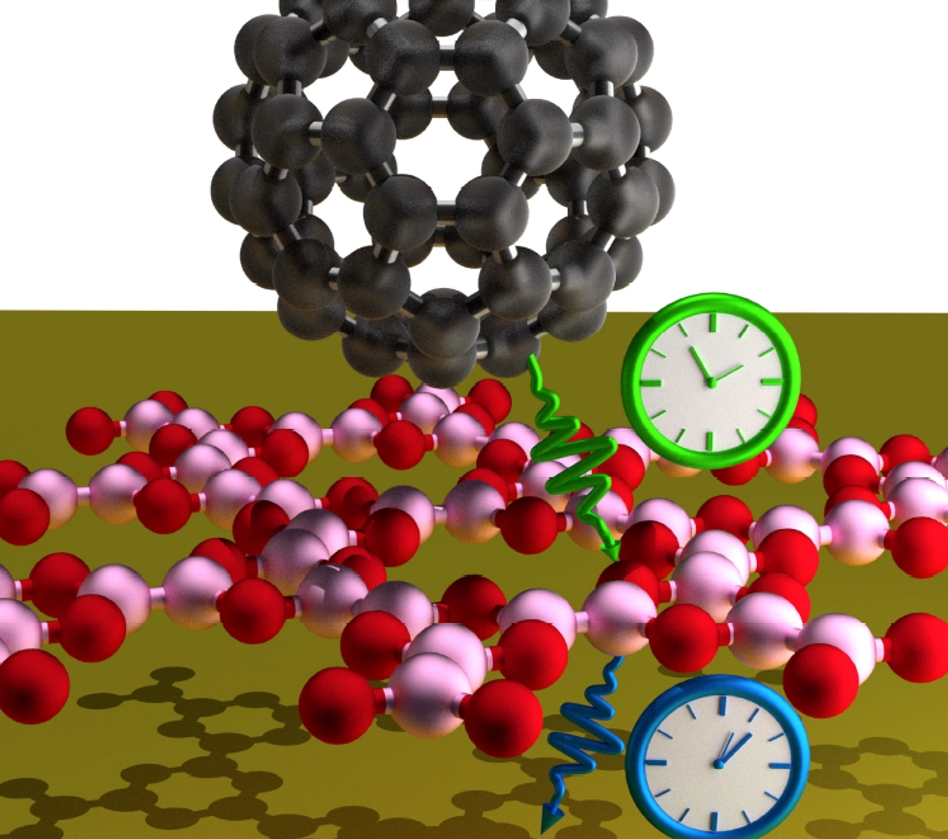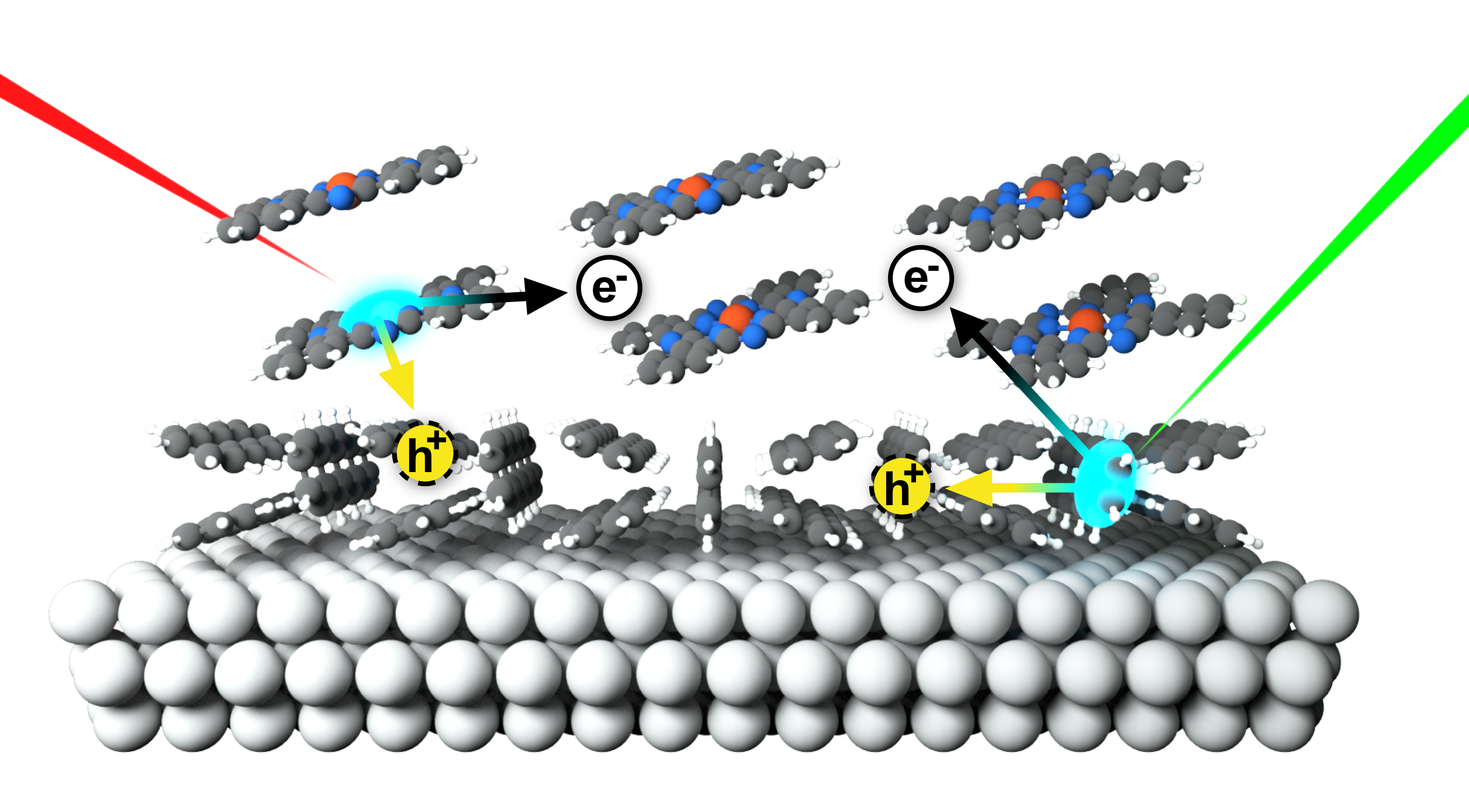The electromagnetic radiation can transfer energy to matter by photoexcitations, i.e. the production of excited states by photon absorption. Transient states of matter generated by photoexcitation lead to different relaxation processes depending on the nature of electronic excitations (e.g. plasmons, excitons, etc) and their interaction with ions (e.g. lattice phonons) or other excitations. The dynamics of photoexcitation provides insight into the material structure, on the fundamental properties of solids and on the mechanisms of energy conversion and transport.
IOM researchers make use of advanced spectroscopic techniques and combine temporal resolution and probed energy range to investigate the dynamics of photoexcitations over the whole range of timescales, exploring ultrafast electron dynamics as well as phenomena related to electron−phonon and phonon−phonon scattering. Exotic photoexcitations involving coherent bosonic modes, can be stimulated by impulsive light in anisotropic systems, (such as the layered materials graphite, graphene and bismuth chalcogenides) or nanostructures and are of interest for emergent electronic materials. Charge transfer and carrier dynamics are also investigated including time resolved pump and probe X-ray absorption and time resolved photoemission.


Photoexcitations and electron dynamics are of paramount importance for design of materials for solar energy conversion in which sunlight is converted into electric potential (photovoltaics) or chemical energy (photocatalysis).
The activity of IOM in this field takes advantage of state-of-art experimental techniques based on synchrotron and laboratory based X-ray and UV spectroscopies and high resolution microscopies for the characterization of the photoactive materials. Excited energy levels undergo transient modifications in the sub-nanosecond timescale that can hinder the charge transport. The study of the charge dynamics at the interfaces is performed by means of core-hole-clock spectroscopies, time resolved X-ray spectroscopies and sum frequency generation.
Experiments are supported by an intense activity of atomistic modeling. To model the structural properties of materials we use ab initio methods based on density functional theory (DFT). Core-level excitations are simulated using both single-particle and many-body approaches, while optical excitations are simulated using time-dependent DFT and many-body perturbation theory (GW-BSE). These methodologies are currently being employed to model photoelectrochemical processes and devices for solar fuels.
To study the thermodynamical properties and the nanomorphology of polymer blends, oxide nanostructures and hybrid perovskites we develop multiscale methods and classical force-fields.
The fundamental studies are further complemented by application-oriented activities by fabrication and testing of PV cells and devices to advance the process of translating material science into technology for the benefit of the society as a whole.